Scottish crofters are unimpressed with the offer of £50,000 for projects to help those affected by over grazing by geese.
Environment and Land Reform Minister Mairi McAllan announced the cash for further funding to existing adaptive management projects on Orkney, Uist, Lewis and Harris and Tiree and Coll.
McAllan visited Rennibister Farm on Orkney to announce the funding and meet members of NFU Scotland.
The minister said: “I have listened to the concerns of farmers and crofters on Orkney, Lewis and Harris, Uist, Tiree and Coll about the difficulties they have had in controlling resident greylag populations.
“I understand how serious the impacts can be for crofting communities, and for the unique machair habitat and biodiversity that their traditional form of agriculture supports.
“That’s why we are contributing up to £50,000 towards resident greylag goose control on these islands over the next two years to mitigate the impact on agriculture and support unique and important habitats.
“These projects have been running since 2012, aim to control goose populations and reduce their impacts on agricultural activity and unique habitats, while also maintaining conservation.
In recent years, the number of resident greylag geese has increased significantly in particular locations.
On Orkney, from the estimated population of 1,500 birds in 2001 it grew to 21,367 birds in 2012 and then on to 26,500 birds 2021.
This increase in the population of resident greylag geese causes agricultural damage to barley crops and improved pasture, from cropping and trampling.
Window dressing
The Scottish Crofting Federation (SCF) believe the amount of funding will barely keep numbers static let alone reduce to a sustainable figure.
“We have brought the problem of geese to the attention of Scottish Government on countless occasions, most recently with the Minister for Environment Mairi McAllan,” said Donald MacKinnon, chair of the SCF, “and it is encouraging that there has been acknowledgement of the threat to crofting and to biodiversity, and the promise of some funding.
However, realistically the amounts we are being offered for the islands that support this biodiversity are derisory.
“It will barely keep the present numbers static, let alone reduce them.
“There are far too many birds to be sustainable so, while it being a step in the right direction, the amount needed to reduce the goose population is far higher than that offered.
“And this funding is only for two years so what happens after that?
“For example, let’s look at Uist, where crofting agriculture is High Nature Value and the resulting biodiversity world-renowned.
“The adaptive management scheme on Uist used to have a budget of
£40, 000 per year. This was reduced until it tottered along with about £10,000 per year. Then this was cut to zero.
“Crofters have agreed that they can live with about 2,500 birds, and occasional rises to 4,000 may be tolerated for short periods.
“We now have over 8,000 birds grazing, trampling and polluting the crops. Crofters in Lewis, Harris, Coll and Tiree face a similar situation. It’s sad that the unique biodiversity of these islands is not valued by Holyrood more highly.
“So, yes, an annual £6,000 promise for each of these crofting areas is something”, concluded MacKinnon, “but it has a bitter-sweet taste – is it really a genuine attempt to help or is it window-dressing?”
NFU Scotland’s regional policy adviser for Orkney, Kerry Omand, who met the minister on Orkney, said: “The meeting allowed us to highlight the significant impact and damage caused by the high numbers of Orkney’s resident greylag geese.

Kerry Omand.
“It also gave us the opportunity to discuss the trials that have already taken place and offer practical solutions going forwards, both in the short and longer-term.
“This is a huge issue which affects every corner of Orkney, and so we welcome the announcement of funding towards addressing it.”
SBA slams label confusion
Beef labelling is confusing and dragging down the Scottish beef price, according to the Scottish Beef Association (SBA).
The association also believes the confusing labelling is helping increase the amount of Irish beef on shelves.
The label system “could not be better designed to help product, especially from Ireland, penetrate the Scottish market through the back door”, according to the SBA.
The beef lobby group also believes that co-mingling of beef products means that shoppers struggle to tell the difference between Irish and Scottish beef.
The SBA went on to state that the situation is made even less transparent when Scottish killed carcases are taken to English factories for cutting and packaging.
As an example, SBA points to the packaging on rump steaks sold in Tesco. The code UK 1106 shows that the primary processing was carried out at Kepak’s plant at Portlethen.
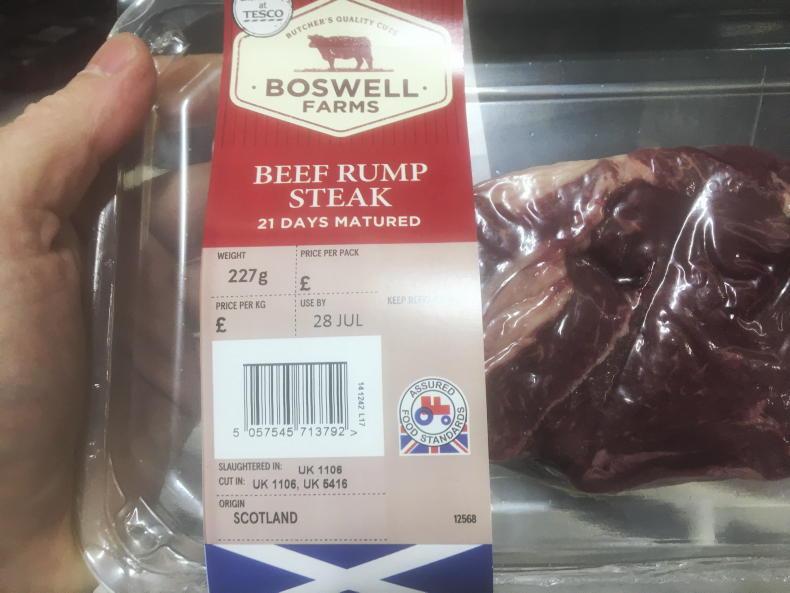
Beef from Tesco.
The retail packing was, however, carried out at UK 5146 which is the code for a third-party site 460 miles away in Huntingdon.
SBA chair David Barron said: “This is far from ideal in terms of provenance, food miles and supervision by Food Standards Scotland.
“Scotch Beef PGI is pretty clear in that the cattle have to be born, reared and killed in Scotland. Red Tractor is far less stringent because it allows over 30-month cattle to be included and cattle only need to be on an assured farm for the last 90 days of finishing. And then we have the use of fictitious names such as Tesco’s Boswell Farms label, which gives consumers a sense of confidence which we do not think is justified,” added Barron.
The SBA recently met Scottish Government and Food Standards Scotland officials to discuss misleading labelling.
Barron, who farms at Mintlaw in Aberdeenshire, said: “The problem is really coming home to roost thanks to the current state of the market.
“It is no wonder the customer is confused when you look at the current jumble of labelling. Saltires, Country of Origin, Scottish, British and Red Tractor are plastered all over the packaging on the supermarket shelves but there is little clarity about what these terms really mean.
“Remember too that these labels are only used on the premium cuts. The position is more confused on products such as mince where co-mingling is even more common. Processed products and ready meals should all be clearly labelled to show the source of their ingredients.”
Watson stands
down at ANM
Aberdeen Northern Marts (ANM) chair Peter Watson is to step down after five years.
The move comes as part of a number of changes with the co-op’s board.
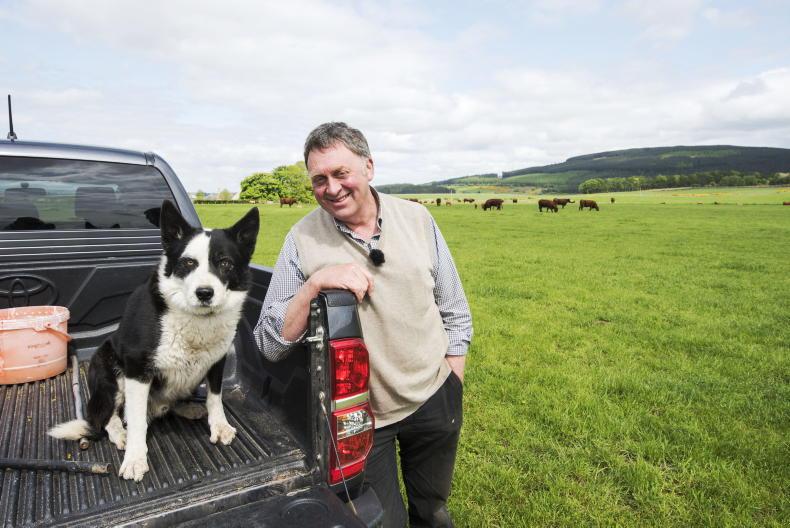
Pete Watson is to stand down as ANM chair.
Long-standing director Tom Johnston is also to retire after 11 years while Ian Sim, Keith Walker and Mark Gall are joining as new board members.
Sim is a livestock farmer finishing 2,000 cattle a year and Keith Walker is a former RNAS president who runs an arable unit alongside the family business of G & B Walker.
Walker also runs a successful children’s nursery business with his wife locally. Mark Gall worked within corporate and commercial banking in the North of Scotland for the Royal Bank of Scotland.
Retiring ANM group chair Peter Watson said: “It has been a privilege to serve on the board and to be chair of ANM for the last five years. I believe now is the right time for me to stand aside and ensure new talent has the opportunity to come forward.
“Over the years of my board service, we have faced and dealt with many challenges, but the experience has been one which I have hugely enjoyed.
“With the group in such a strong position to develop exciting plans and given the focus of our ambitious and very able executive team and board, the future looks bright. I’d like to thank vice-chair Mike Macaulay for his support over the years and wish the board good fortune.”
Scottish crofters are unimpressed with the offer of £50,000 for projects to help those affected by over grazing by geese.
Environment and Land Reform Minister Mairi McAllan announced the cash for further funding to existing adaptive management projects on Orkney, Uist, Lewis and Harris and Tiree and Coll.
McAllan visited Rennibister Farm on Orkney to announce the funding and meet members of NFU Scotland.
The minister said: “I have listened to the concerns of farmers and crofters on Orkney, Lewis and Harris, Uist, Tiree and Coll about the difficulties they have had in controlling resident greylag populations.
“I understand how serious the impacts can be for crofting communities, and for the unique machair habitat and biodiversity that their traditional form of agriculture supports.
“That’s why we are contributing up to £50,000 towards resident greylag goose control on these islands over the next two years to mitigate the impact on agriculture and support unique and important habitats.
“These projects have been running since 2012, aim to control goose populations and reduce their impacts on agricultural activity and unique habitats, while also maintaining conservation.
In recent years, the number of resident greylag geese has increased significantly in particular locations.
On Orkney, from the estimated population of 1,500 birds in 2001 it grew to 21,367 birds in 2012 and then on to 26,500 birds 2021.
This increase in the population of resident greylag geese causes agricultural damage to barley crops and improved pasture, from cropping and trampling.
Window dressing
The Scottish Crofting Federation (SCF) believe the amount of funding will barely keep numbers static let alone reduce to a sustainable figure.
“We have brought the problem of geese to the attention of Scottish Government on countless occasions, most recently with the Minister for Environment Mairi McAllan,” said Donald MacKinnon, chair of the SCF, “and it is encouraging that there has been acknowledgement of the threat to crofting and to biodiversity, and the promise of some funding.
However, realistically the amounts we are being offered for the islands that support this biodiversity are derisory.
“It will barely keep the present numbers static, let alone reduce them.
“There are far too many birds to be sustainable so, while it being a step in the right direction, the amount needed to reduce the goose population is far higher than that offered.
“And this funding is only for two years so what happens after that?
“For example, let’s look at Uist, where crofting agriculture is High Nature Value and the resulting biodiversity world-renowned.
“The adaptive management scheme on Uist used to have a budget of
£40, 000 per year. This was reduced until it tottered along with about £10,000 per year. Then this was cut to zero.
“Crofters have agreed that they can live with about 2,500 birds, and occasional rises to 4,000 may be tolerated for short periods.
“We now have over 8,000 birds grazing, trampling and polluting the crops. Crofters in Lewis, Harris, Coll and Tiree face a similar situation. It’s sad that the unique biodiversity of these islands is not valued by Holyrood more highly.
“So, yes, an annual £6,000 promise for each of these crofting areas is something”, concluded MacKinnon, “but it has a bitter-sweet taste – is it really a genuine attempt to help or is it window-dressing?”
NFU Scotland’s regional policy adviser for Orkney, Kerry Omand, who met the minister on Orkney, said: “The meeting allowed us to highlight the significant impact and damage caused by the high numbers of Orkney’s resident greylag geese.

Kerry Omand.
“It also gave us the opportunity to discuss the trials that have already taken place and offer practical solutions going forwards, both in the short and longer-term.
“This is a huge issue which affects every corner of Orkney, and so we welcome the announcement of funding towards addressing it.”
SBA slams label confusion
Beef labelling is confusing and dragging down the Scottish beef price, according to the Scottish Beef Association (SBA).
The association also believes the confusing labelling is helping increase the amount of Irish beef on shelves.
The label system “could not be better designed to help product, especially from Ireland, penetrate the Scottish market through the back door”, according to the SBA.
The beef lobby group also believes that co-mingling of beef products means that shoppers struggle to tell the difference between Irish and Scottish beef.
The SBA went on to state that the situation is made even less transparent when Scottish killed carcases are taken to English factories for cutting and packaging.
As an example, SBA points to the packaging on rump steaks sold in Tesco. The code UK 1106 shows that the primary processing was carried out at Kepak’s plant at Portlethen.

Beef from Tesco.
The retail packing was, however, carried out at UK 5146 which is the code for a third-party site 460 miles away in Huntingdon.
SBA chair David Barron said: “This is far from ideal in terms of provenance, food miles and supervision by Food Standards Scotland.
“Scotch Beef PGI is pretty clear in that the cattle have to be born, reared and killed in Scotland. Red Tractor is far less stringent because it allows over 30-month cattle to be included and cattle only need to be on an assured farm for the last 90 days of finishing. And then we have the use of fictitious names such as Tesco’s Boswell Farms label, which gives consumers a sense of confidence which we do not think is justified,” added Barron.
The SBA recently met Scottish Government and Food Standards Scotland officials to discuss misleading labelling.
Barron, who farms at Mintlaw in Aberdeenshire, said: “The problem is really coming home to roost thanks to the current state of the market.
“It is no wonder the customer is confused when you look at the current jumble of labelling. Saltires, Country of Origin, Scottish, British and Red Tractor are plastered all over the packaging on the supermarket shelves but there is little clarity about what these terms really mean.
“Remember too that these labels are only used on the premium cuts. The position is more confused on products such as mince where co-mingling is even more common. Processed products and ready meals should all be clearly labelled to show the source of their ingredients.”
Watson stands
down at ANM
Aberdeen Northern Marts (ANM) chair Peter Watson is to step down after five years.
The move comes as part of a number of changes with the co-op’s board.

Pete Watson is to stand down as ANM chair.
Long-standing director Tom Johnston is also to retire after 11 years while Ian Sim, Keith Walker and Mark Gall are joining as new board members.
Sim is a livestock farmer finishing 2,000 cattle a year and Keith Walker is a former RNAS president who runs an arable unit alongside the family business of G & B Walker.
Walker also runs a successful children’s nursery business with his wife locally. Mark Gall worked within corporate and commercial banking in the North of Scotland for the Royal Bank of Scotland.
Retiring ANM group chair Peter Watson said: “It has been a privilege to serve on the board and to be chair of ANM for the last five years. I believe now is the right time for me to stand aside and ensure new talent has the opportunity to come forward.
“Over the years of my board service, we have faced and dealt with many challenges, but the experience has been one which I have hugely enjoyed.
“With the group in such a strong position to develop exciting plans and given the focus of our ambitious and very able executive team and board, the future looks bright. I’d like to thank vice-chair Mike Macaulay for his support over the years and wish the board good fortune.”








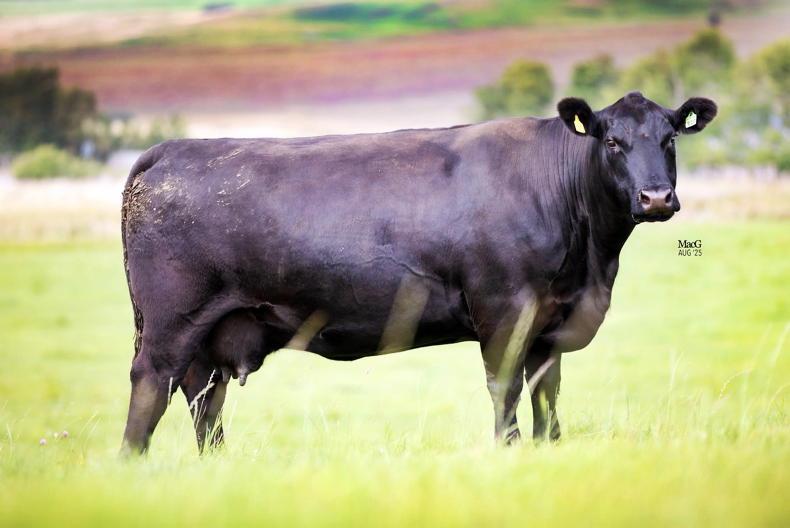
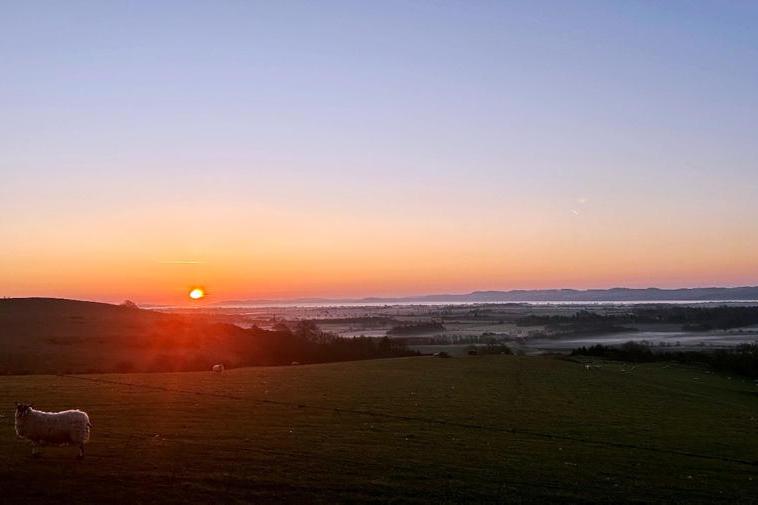
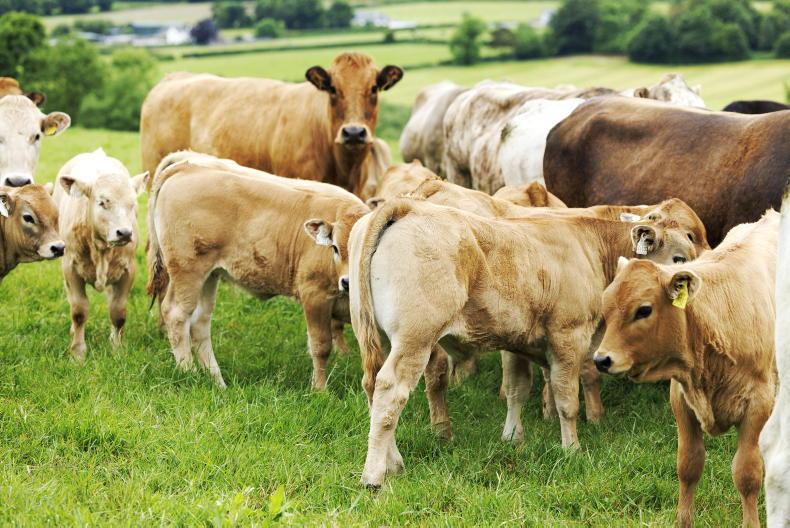
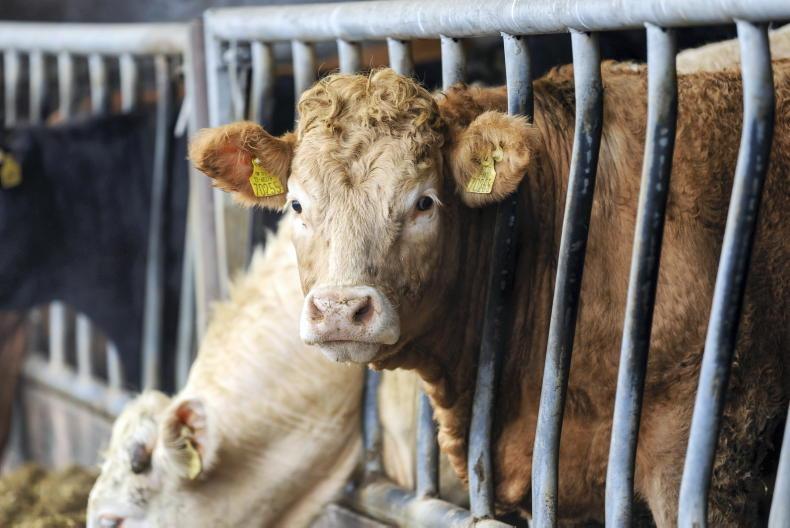
SHARING OPTIONS